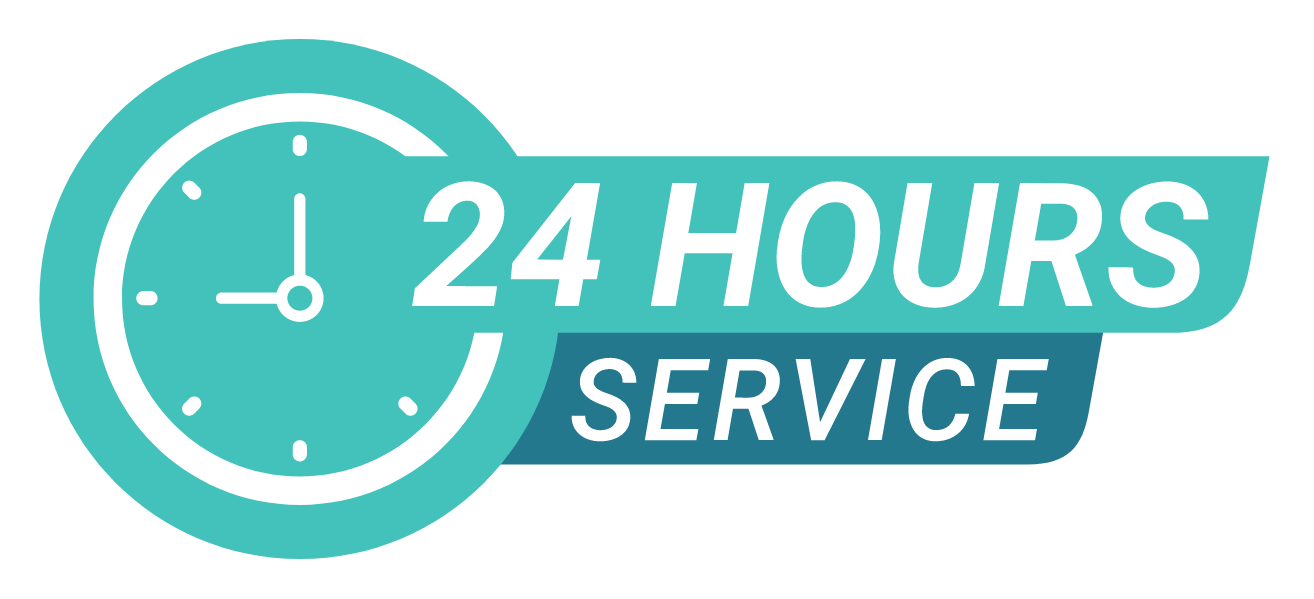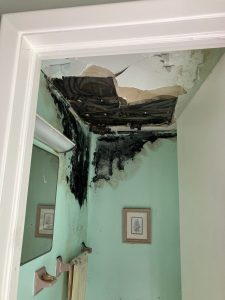When a fire strikes your home, the immediate concerns are safety, salvage, and getting life back to normal. However, once the flames are out and the smoke clears, another critical issue arises – how the fire has impacted your home’s value. Whether you’re planning to sell, refinance, or simply want to understand your property’s worth, it’s essential to know how fire damage can change the financial picture of your home.
The Immediate Impact on Value
A fire – no matter how small – can have a significant effect on a home’s market value. Damage from flames, smoke, soot, and water used to extinguish the blaze all contribute to physical deterioration. This, in turn, reduces the home’s overall condition rating, a key factor in any home appraisal. Depending on the severity, the value can drop by tens of thousands of dollars or more.
Even a fully restored home might face a stigma, especially if the fire and its effects were widely known. Potential buyers often worry about long-term effects, like hidden smoke damage or mold from water exposure. This perception alone can lower what buyers are willing to pay—even if the home is technically in excellent condition post-restoration.
Structural and Cosmetic Damage
Fire can compromise the structural integrity of your home. Beams, roofing, and load-bearing walls may need to be replaced entirely. Even if the structure remains mostly intact, cosmetic damage such as scorched walls, warped flooring, and soot-stained ceilings requires extensive repairs. These repairs not only cost money but also require time and expertise to complete correctly.
In many cases, professional fire damage restoration services are necessary to return a home to its pre-fire condition. These services assess the full extent of the damage, from visible destruction to less obvious issues like smoke infiltration into insulation, HVAC systems, and behind walls.
Insurance and Disclosure Issues
Your homeowner’s insurance policy will typically cover fire damage, but the process of filing a claim and receiving a payout can be long and complicated. Additionally, even if the house is restored to like-new condition, sellers are required by law in many states to disclose any history of fire damage. This disclosure can raise red flags for potential buyers or even lenders, further impacting the home’s perceived value.
In some cases, insurance may not cover the full cost of fire damage restoration, especially if you don’t have replacement-cost coverage or if the fire was caused by negligence. Out-of-pocket repair costs can be substantial, especially if you’re trying to restore a historic home or high-end finishes.
The Role of Professional Fire Damage Restoration
Professional fire damage restoration plays a vital role in recovering both the safety and value of a home. These experts go beyond basic cleaning and repairs—they conduct deep cleaning of smoke and soot, deodorization, structural evaluations, and mold remediation due to water damage. They also work with insurance adjusters to make sure everything is properly documented for claims.
Choosing a reputable restoration company can make a significant difference. A quality restoration can often restore your home’s value to 80–90% of its pre-fire level—or even more if upgrades are made during the process. Restoration also shows potential buyers that the damage was handled professionally, which can increase their confidence.
Long-Term Value and Marketability
Even after restoration, a fire-damaged home might face reduced marketability. Some buyers will shy away from properties with any history of fire, fearing unseen damage or long-term consequences. On the flip side, if the restoration includes modern upgrades or improvements that weren’t part of the original home, the property might even appreciate in value.
For example, upgrading electrical systems, installing a new HVAC, or redoing the kitchen as part of the restoration may actually boost appeal—especially if those features are newer or more energy-efficient than before the fire.
Selling a Fire-Damaged Home
If you’re planning to sell a home that has experienced fire damage, full transparency is key. Provide all documentation of the fire damage restoration process, including before-and-after photos, contractor invoices, and inspection reports. A clean bill of health from a licensed inspector can go a long way in easing buyer concerns.
Also, consider working with a real estate agent experienced in selling previously damaged homes. They can help position your property appropriately, market it effectively, and advise you on pricing strategies based on the local market and the restoration quality.
Final Thoughts
Fire damage undeniably affects a home’s value—but the story doesn’t end there. With the right steps and a trusted fire damage restoration team, it’s possible not just to reclaim your home’s functionality, but also to preserve or even improve its market value. Whether you’re a homeowner, investor, or future buyer, understanding the lasting impacts of fire damage can help you make informed, confident decisions.
Sharing is caring!







